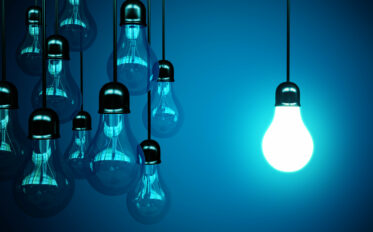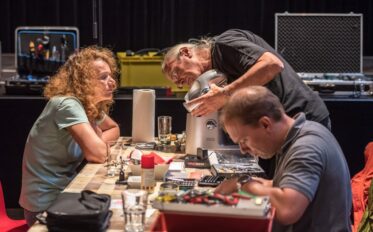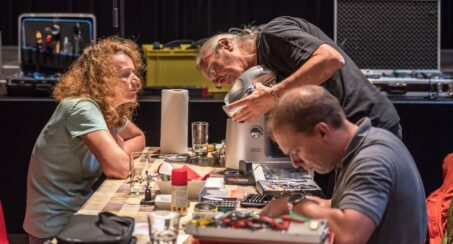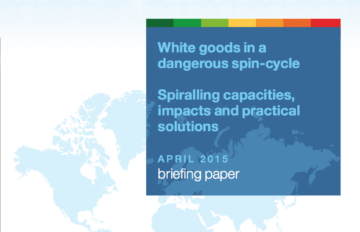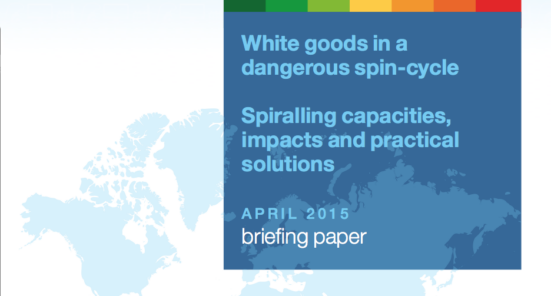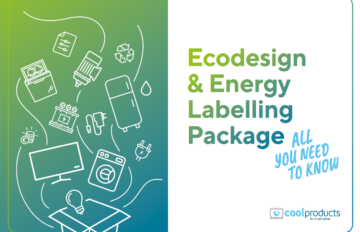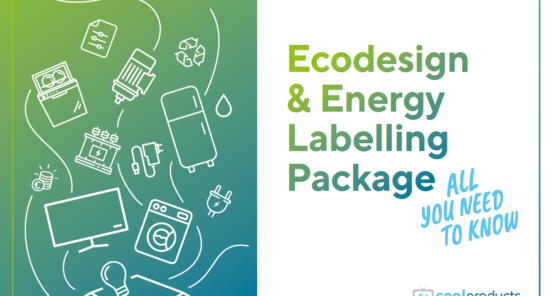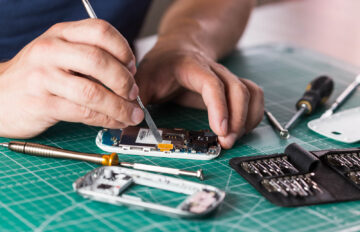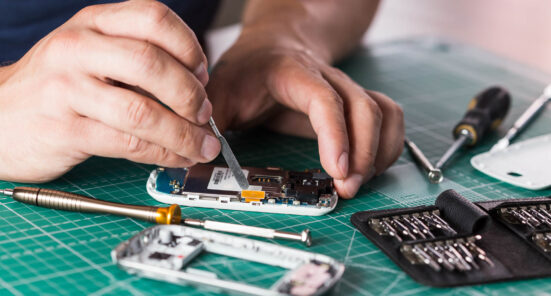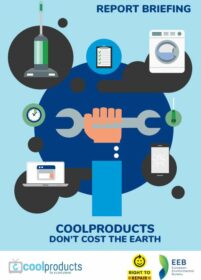A clothes drier can consume twice as much as a washing machine, and the number of units found in EU households is increasing. The total electricity use of household driers is estimated at around 22 TWh/year, as much as the residential power consumption of Finland. With various options available to reduce energy consumption in these products, it is vital that the European Commission continues to set ambitious requirements for these products.
Switzerland has been the first country to introduce a mandatory shift to heat pump driers only. In the EU, policymakers have yet to make a similarly bold move.
What’s the European Union doing?
EU ecodesign rules for tumble driers were adopted in 2012, and energy labelling introduced in 2001 and revised in 2012 (with the addition of three new top classes A+, A++ and A+++). The last stage of ecodesign requirements entered into force in 2015. These measures, far from ambitious, were expected to save about 3 TWh of electricity per year by 2020.
A review study was commissioned in 2017, which concluded that there was still a substantial remaining potential to promote heat-pump driers and further decrease energy consumption (by 6 TWh/year by 2040), as well as opportunities to improve the material resource efficiency of driers and to shift the energy labels back to a simple A-G scale.
The European Commission should follow up on the review, with regulatory discussions and votes planned in 2019 and 2020.
What does the coolproducts campaign want?
-
A clear date for the mandatory shift towards heat-pump driers only to provide sufficient incentive and visibility to the market;
-
Revised A-G energy classes;
-
A mandatory implementation of moisture sensors in all models, to ensure the programmes stop when clothes are dry enough;
-
Provisions to green the refrigerants used in heat-pump driers and make sure they are properly handled at end of life;
-
Requirements on other environmental aspects, such as durability and recyclability, both in the form of ecodesign requirements and information on the energy label (e.g. repairability score);
-
Information campaigns on the benefits of alternatives to tumble driers – line drying clothes remains the most energy-efficient solution!
Further reading
Fact sheet from Topten on heat pump driers
Coolproducts technical input and position papers:
2019 – Tumble driers: Position on the ecodesign & energy labelling proposals
2019 – Comments on tumble driers review draft final report
2018 – Comments on tumble driers review draft interim report Tasks 1-4


